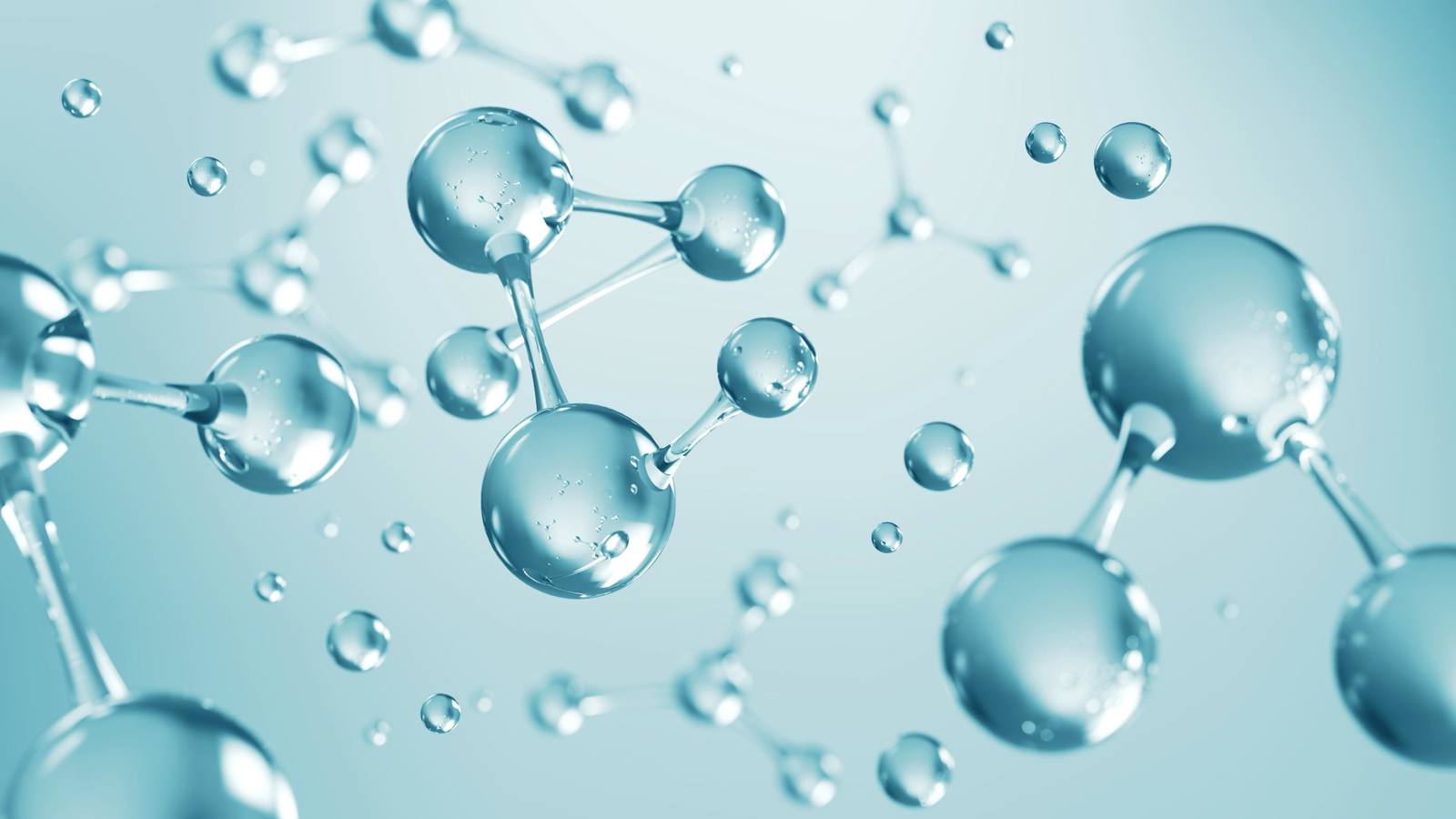
Gels and films: The application of texture analysis on the latest developments

There are a number of developments in this field where texture analysis is already being applied. Examples include the development of biodegradable films from false banana starch or Brazilian propolis by-product, the development of hydrogels that are antimicrobial for food surfaces, or able to intelligently regulate solar radiation for smart windows, 3D printable gels for the food industry and research into dysphagia diets, edible films (PDF) for packaging, or the development of films for mulching applications.
These exciting innovations require a large amount of research and the right objective tool to assess change in formula or process parameters – and that is where a Texture Analyser is the perfect tool for the job.
What are the new ingredient and product ideas in gel and film product research, development and production and how can a Texture Analyser be applied?
Gels and films have a broad range of applications, from food to pharmaceuticals to personal care products. Here are some of the newer ingredient and product ideas in gel and film research, development, and production and a typical academic reference to show how the Texture Analyser has already being applied:
- Edible gels and films: Used in food packaging, edible films can reduce waste and are made from ingredients like proteins (e.g., gelatine, whey protein) or polysaccharides (e.g., chitosan, alginate). Innovations in gastronomy using gelling agents to create unique textures and presentations are also popular.
Example: Influence of ultrasonic application on soybean aqueous extract based composite edible film: Characterization and their food application - Bioactive films: Films that release beneficial compounds over time, such as antimicrobial agents, vitamins, antioxidants or flavouring agents.
Example: Optimisation and Characterization of Bioactive Biocomposite Film Based on Orange Peel Incorporated with Gum Arabic Reinforced by Cr2O3 Nanoparticles - Biodegradable and compostable films: Made from polysaccharides, proteins, or biopolymers (like PLA or PHA) to reduce environmental impact.
Example: Ozonation of cassava starch to produce biodegradable films - Water-soluble films: Used in applications like single-use detergent or product pods that dissolve in water, eliminating the need for plastic containers.
Example: Antifungal whey protein films activated with low quantities of water soluble chitosan - Responsive gels: Gels that can change their properties in response to external stimuli, such as pH, temperature, or light.
Example: Design and optimisation of stimuli-responsive emulsion-filled gel for topical delivery of copaiba oil-resin - Nano-composite films: Incorporating nanoparticles into films to improve their mechanical or barrier properties.
Example: Preparation and characterization of methylated guar gum based nano-composite films - Medicinal gels: Topical gels that deliver medication, which could include hydrogels for wound care, tissue engineering or drug delivery.
Example: Research on the development of the combined gel base for the treatment of mastopathy (PDF) - Hydrogel patches: Used in skincare to deliver hydration and other active ingredients.
Example: Hydrogel-forming microarray patches with solid dispersion reservoirs for transdermal long-acting microdepot delivery of a hydrophobic drug - Eco-friendly gels and films: Products developed using sustainable materials and methods, considering environmental impact.
Example: Eco-sustainable coatings based on chitosan, pectin, and lemon essential oil nanoemulsion and their effect on strawberry preservation - Self-healing gels: Gels designed to "heal" or return to their original state after being damaged.
Example: Texture and rheological features of strain and pH sensitive chitosan-imine graphene-oxide composite hydrogel with fast self-healing nature - Thermo-responsive gels: Gels that undergo gelation or liquify at specific temperatures. Used in various applications, including drug delivery.
Example: Textural and tensile properties of thermo-responsive poly (2-(2-methoxyethoxy) ethyl methacrylate) hydrogel - Electroactive gels: These can change their shape or size when exposed to an electric field and have potential in soft robotics or as actuators.
Example: Ionic conductive cellulose-based hydrogels for Al-air batteries: Influence of the charged-functional groups on the electrochemical properties - Natural gelling agents: Agar, pectin, gellan gum, and konjac are plant-based alternatives to gelatine, often used in vegan or vegetarian products.
Example: Physical and functional properties of plant-based pre-emulsified chewable gels for the oral delivery of nutraceuticals
The areas of gels and films are multidisciplinary, intersecting with food science, pharmaceuticals, materials science, and more. As technology advances and industries adapt to global challenges, innovations in these sectors are expected to accelerate.
Using a Texture Analyser in gel and film development
Texture Analysers play a vital role in the realm of gels and film product research and development (R&D), offering indispensable insights into their physical characteristics. The applications of these tools are diverse and impactful, contributing to a comprehensive understanding of the materials. They measure gel strength by gauging the force required to compress or penetrate, revealing firmness. Film flexibility is assessed, delineating the film's ability to bend or fold without breaking. The maximum tensile stress a gel or film can endure before breaking is evaluated as tensile strength. Adhesiveness, significant for patches or wraps, is measured, while elasticity is tested to determine the extent to which a material returns to its original shape post-deformation. Cohesiveness is explored, offering insights into the internal structural integrity of gels and films. For hydrogels, the Texture Analyser examines swelling behaviour upon exposure to liquids. Burst strength of films is determined, indicating the pressure needed for rupture.
While not exclusively tied to texture, the barrier properties of films, their ability to prevent the passage of gases or moisture, are also crucial, especially in packaging. Additionally, the Texture Analyser contributes to shelf-life studies by monitoring potential textural changes that gels or films might undergo over time. In the realm of gels and film product R&D, the Texture Analyser emerges as a versatile and vital tool, enabling meticulous analysis and fostering the development of materials that align with specific applications and performance standards. Understanding the physical properties of gels and films using tools like Texture Analysers is crucial, and ensures that they are fit for purpose, whether that's in food packaging, pharmaceutical applications, personal care products, or any of the other myriad uses for these versatile materials.








